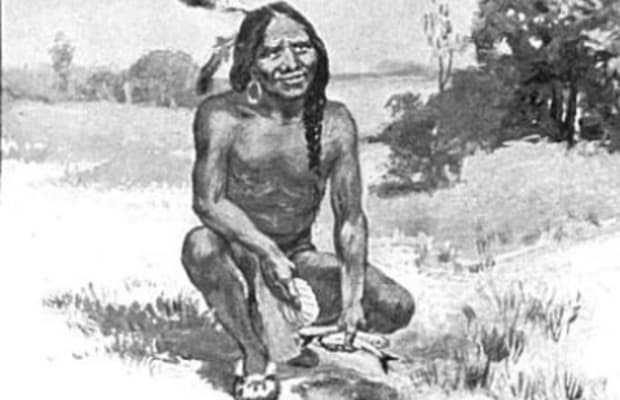Squanto
In honor of Native American Heritage Month
November 18, 2020
Squanto (Tisquantum) was a Native American of the Patuxet Tribe and was born between 1580 and 1590 near Plymouth, Massachusetts. Squanto came from a village of hardworking and resourceful people. Best known for being an early liaison between the Native American population in Southern New England, the Patuxet Tribe was part of the larger Wampanoag Tribe that covered much of the New England territory.
Squanto was kidnapped by the English explorer Thomas Hunt and carried to Spain, where he was later sold in the city of Málaga. Squanto somehow managed to escape to England. By some accounts, Catholic friars may have been the ones to help Squanto out of captivity. Once he was free in England, he began to master the language. Squanto was the last of the Patuxet Tribe, who had lived on the western coast of Cape Cod Bay, but they were wiped out by an epidemic infection.
The Mayflower landed in Cape Cod Bay in 1620, and Squanto worked to broker peaceable relations between the Pilgrims and the local Pokanokets. Squanto helped out the Pilgrims of the Plymouth colony on how to survive in New England. He was able to communicate with the Pilgrims because he knew fluent English. He introduced the settlers to the fur trade and taught them how to sow and fertilize native crops; this proved vital because the seeds which the Pilgrims had brought from England mostly failed. So he taught them how to cultivate crops that would help them get through the next brutal winter. The Pilgrims were delighted to find that the corn and squash were easy to grow in the Massachusetts climate.
However, food shortages worsened, Plymouth Colony Governor William Bradford relied on Squanto to pilot a ship of settlers on a trading expedition around Cape Cod and through dangerous shoals. During that voyage, Squanto contracted what Bradford called an “Indian fever”. Bradford stayed with him for several days until he died, which Bradford described as a “great loss”.


